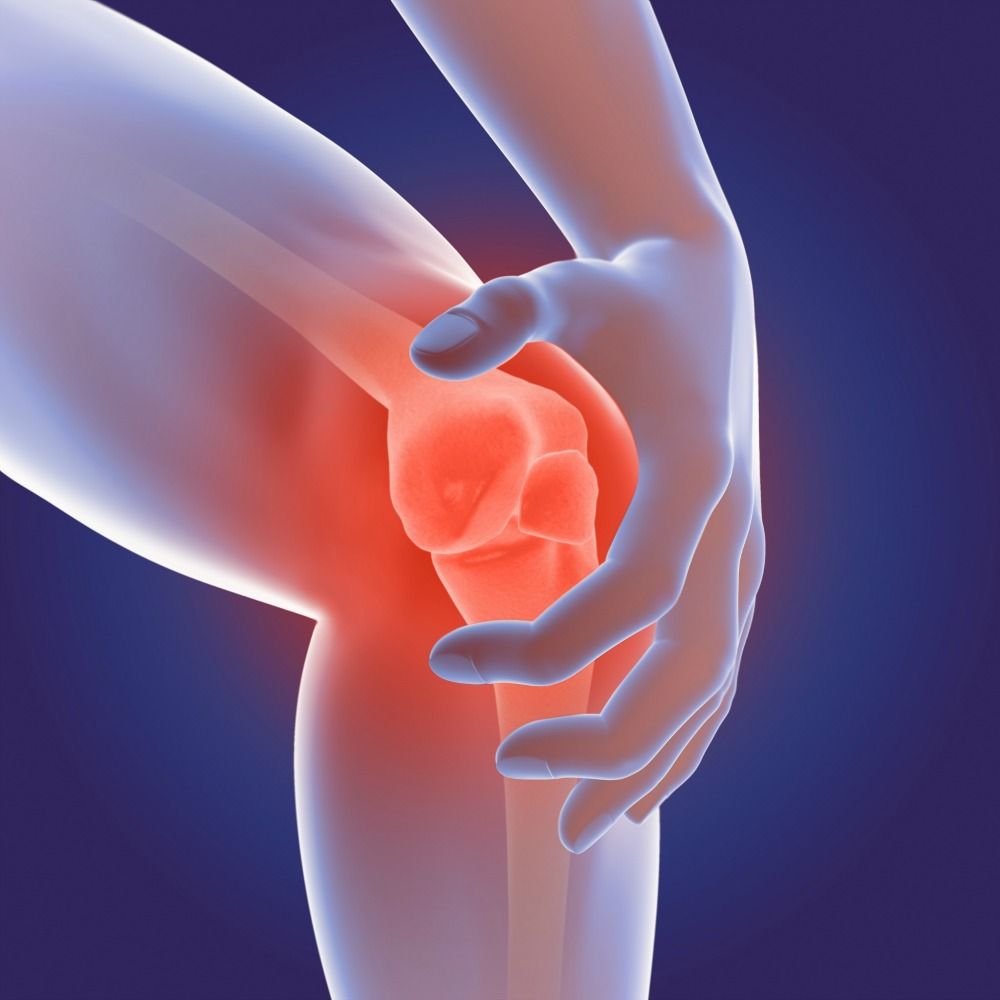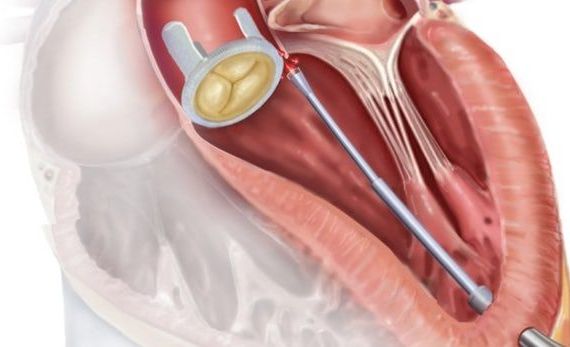CRISPR’d crops could help us address both hunger and obesity.


Jose Cordeiro is promoting the development of rejuvenation biotechnologies in Spain and the integration of Latin American immigrants into Spain’s aging society to maintain the country’s productivity. He was at the recent Undoing aging conference in Berlin and gave us an interview about his political goals.
At Undoing Aging 2019, jointly organized by SENS Research Foundation and Forever Healthy Foundation, there was a session focused on the ways to make healthy life extension and medical progress a greater part of the global agenda. Among the speakers there was Jose Cordeiro, the vice chair of Humanity Plus, director of The Millennium Project, fellow of the World Academy of Art and Science, and board member of the Lifeboat Foundation.
Jose earned his Bachelor’s and Master’s degrees in Mechanical Engineering at the Massachusetts Institute of Technology (MIT) in Cambridge, Massachusetts. His thesis was focused on the modeling of the International Space Station. Jose has also studied International Economics and Comparative Politics at Georgetown University in Washington, D.C., and received his MBA in France at INSEAD, where he focused on Finance and Globalization.
Last year, Jose decided to begin his political activities in order to foster the development of rejuvenation biotechnologies in Spain and to work on the integration of Latin American immigrants into Spain’s aging society and thus maintain the country’s productivity. He kindly agreed to give me an interview to discuss more about his ambitious initiative.

An estimated 30 million Americans are affected by osteoarthritis according to the CDC, and it is predominantly a disease of older age affecting more than 1 in 10 people aged 60+; with the aging population this number is likely to continue to rise steadily.
When cartilage naturally cushioning joints breaks down, osteoarthritis of the knee occurs, without this buffer bones can come into contact with each other causing pain, stiffness, and loss of flexibility.
Medications and physical interventions can ease symptoms of osteoarthritis, but currently there is no sure as it is not possible to regrow cartilage, once progressed to end stages the only option is surgical replacement of the joint. Stem cells were recently used to ease osteoarthritis in a small scale preliminary trial with promising results that will pave the way for more larger studies.

Stem cells are pluripotent cells, having a property of differentiating into various types of cells of human body. Several studies have developed mesenchymal stem cells (MSCs) from various human tissues, peripheral blood and body fluids. These cells are then characterized by cellular and molecular markers to understand their specific phenotypes. Dental pulp stem cells (DPSCs) are having a MSCs phenotype and they are differentiated into neuron, cardiomyocytes, chondrocytes, osteoblasts, liver cells and β cells of islet of pancreas. Thus, DPSCs have shown great potentiality to use in regenerative medicine for treatment of various human diseases including dental related problems. These cells can also be developed into induced pluripotent stem cells by incorporation of pluripotency markers and use for regenerative therapies of various diseases. The DPSCs are derived from various dental tissues such as human exfoliated deciduous teeth, apical papilla, periodontal ligament and dental follicle tissue. This review will overview the information about isolation, cellular and molecular characterization and differentiation of DPSCs into various types of human cells and thus these cells have important applications in regenerative therapies for various diseases. This review will be most useful for postgraduate dental students as well as scientists working in the field of oral pathology and oral medicine.
Keywords: Human dental pulp stem cells, Mesenchymal stem cells, Dentin, Pluripotency, Stem cell therapy, Molecular markers.
Core tip: Human dental pulp stem cells (DPSCs) have shown a potentiality for the treatment of various human diseases including dental related problems. The review will overview the information about DPSCs, their isolation, cellular and molecular characterization, differentiation into various types of cells and their applications in regenerative therapies for various diseases. This review will be most useful for postgraduate dental students as well as the scientists working in the field of oral pathology, oral medicine and regenerative medicine.


A new report out Wednesday says some popular fruit juices may contain heavy metal contaminants like lead, arsenic, and cadmium. Consumer Reports tested 45 packaged fruit juices and found measurable levels of heavy metal in every product. Long-term exposure to these metals could cause serious health risks, including kidney disease and certain types of cancer. Anna Werner reports.
David Sinclair is a Professor in the Department of Genetics at Harvard Medical School and co-Director of the Paul Glenn Centre for the Biological Mechanisms of Ageing.
Today we hear from a scientist at the cutting edge of longevity research as Professor Sinclair gives us a fascinating insight into the world of anti-ageing.
Expect to learn how and why we age, why stabilising the epigenetic landscape may enable a human to live for 1000 years, exactly what tactics Professor Sinclair is using himself to try and extend his life and how fasting, Sirtuins and NAD can be used to promote health and reduce diseases.
Extra Stuff:
David’s New Book — http://lifespanbook.com/
Follow David on Twitter — https://twitter.com/davidasinclair
Inside Tracker — https:// www.insidetracker.com
Recommended Books — https://www.amazon.co.uk/shop/chriswillx
Listen to all episodes online. Search “Modern Wisdom” on any Podcast App or click here:
iTunes: https://apple.co/2MNqIgw
Spotify: https://spoti.fi/2LSimPn
Stitcher: https://www.stitcher.com/podcast/modern-wisdom
I want to hear from you!! Get in touch in the comments below or head to…

For some time now, we’ve seen robotic surgical devices that can be remotely guided within the human body. And while they do make surgery more precise and less invasive, they still have to be continuously operated by a surgeon. Recently, however, a robotic catheter successfully navigated beating pig hearts on its own.

An army of tiny robots scuttling about inside your mouth cleaning your teeth. It’s a disquieting thought, and yet it might be one of the most effective ways to deal with the sticky bacterial biofilms that coat our choppers – as well as water pipes, catheters and other tough-to-clean items.
Anyone who’s been laid up for an extended period due to illness or injury will know how difficult it can be to get moving again. Long-term immobility can see a loss of muscle mass that can be hard to regain, especially for the elderly. In research on mice, a team at the University of Illinois at Urbana-Champaign have found that the injection of a type of cells known to promote blood vessel growth helps accelerate to restoration of muscle mass lost due to inactivity.